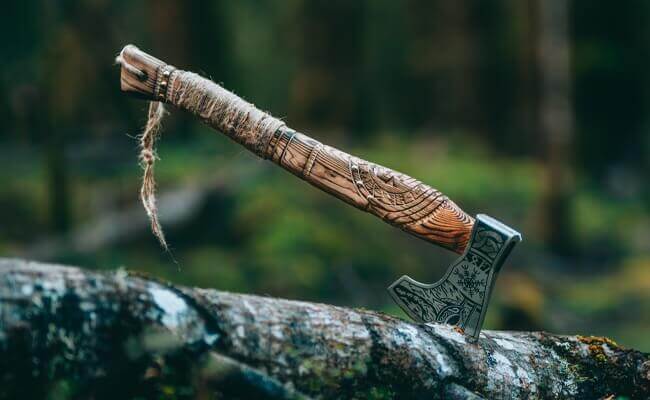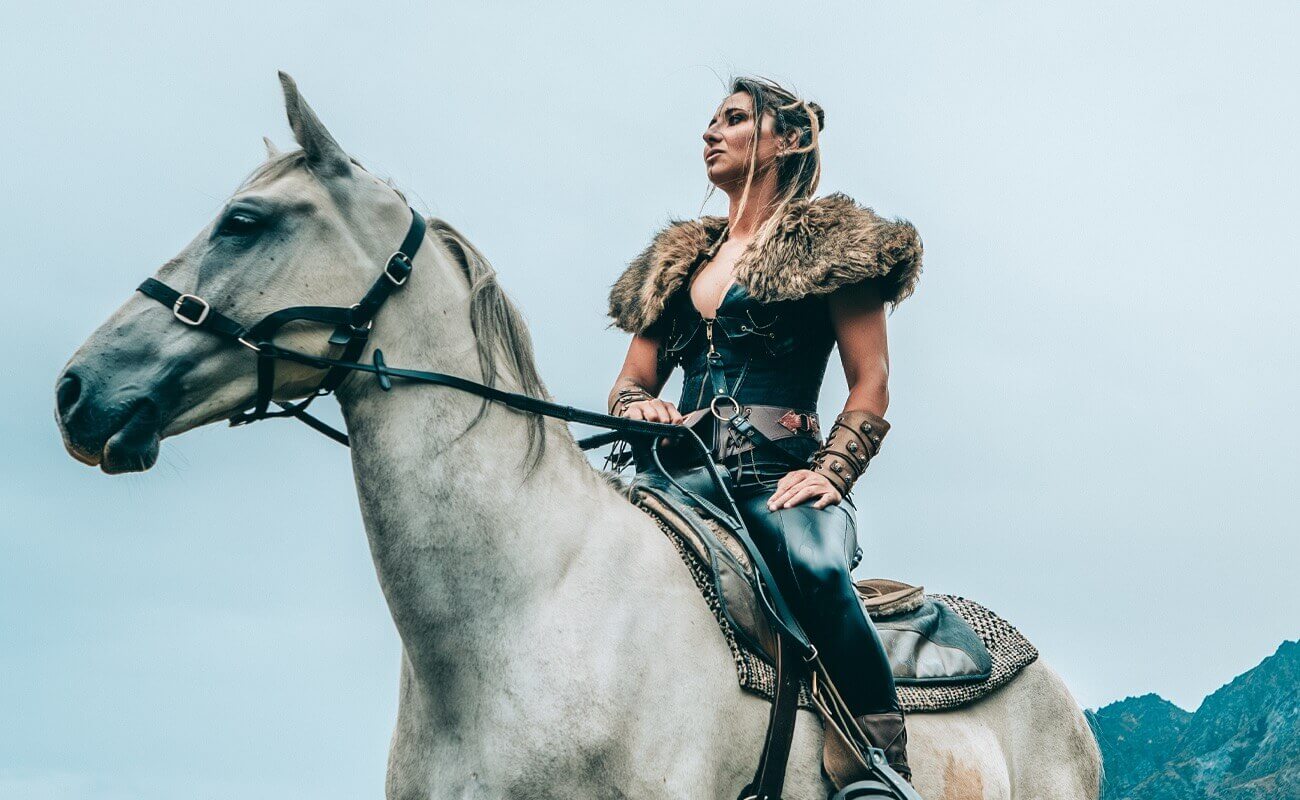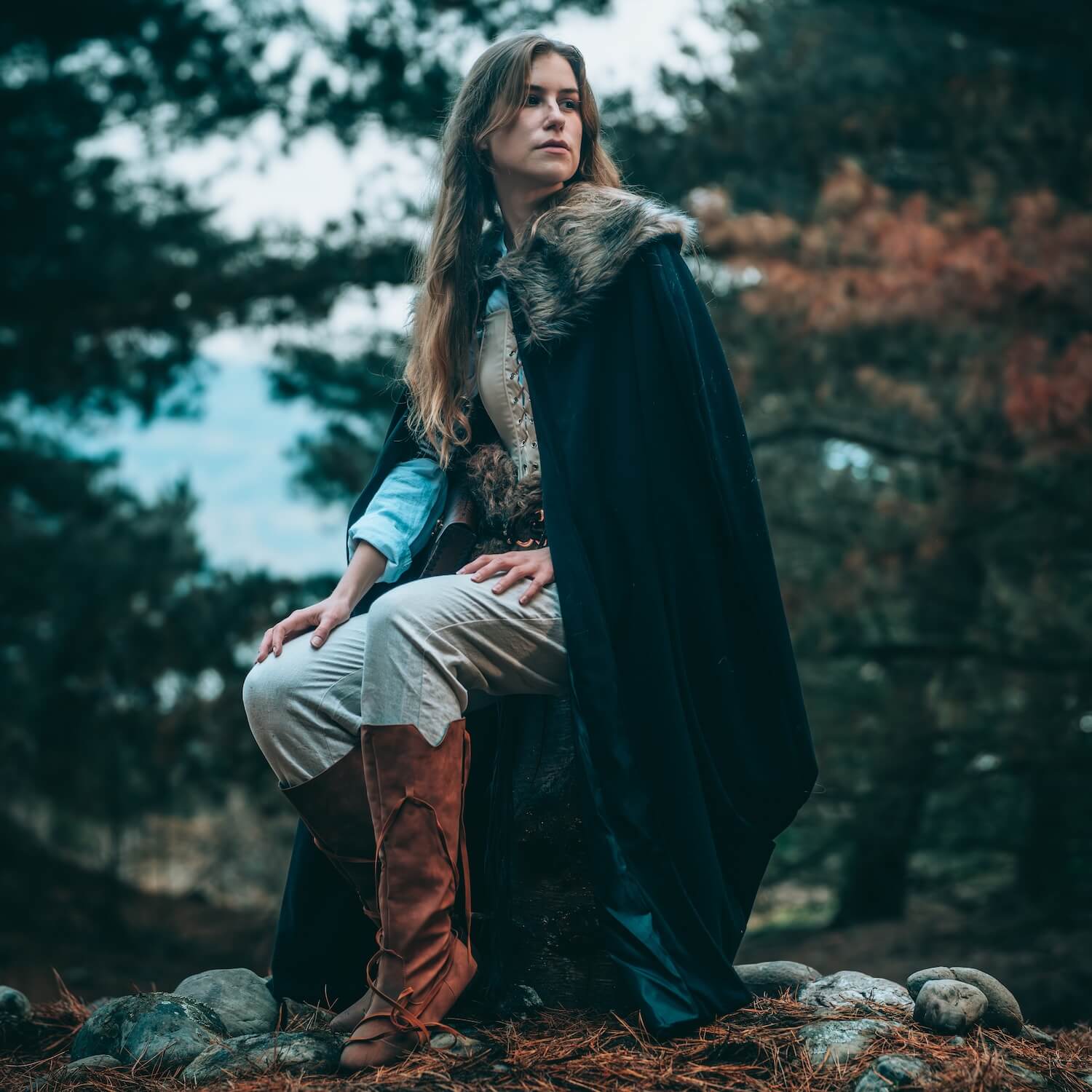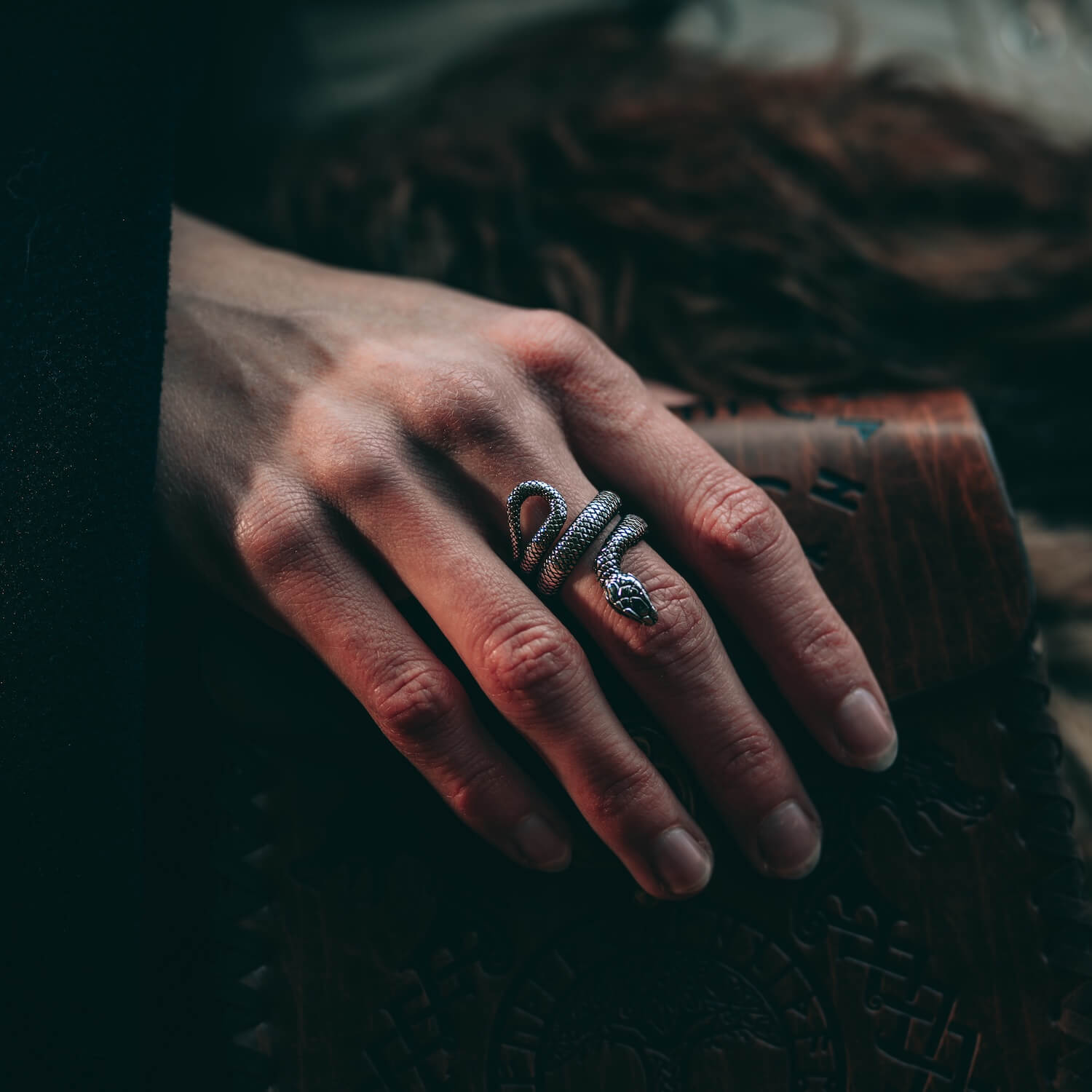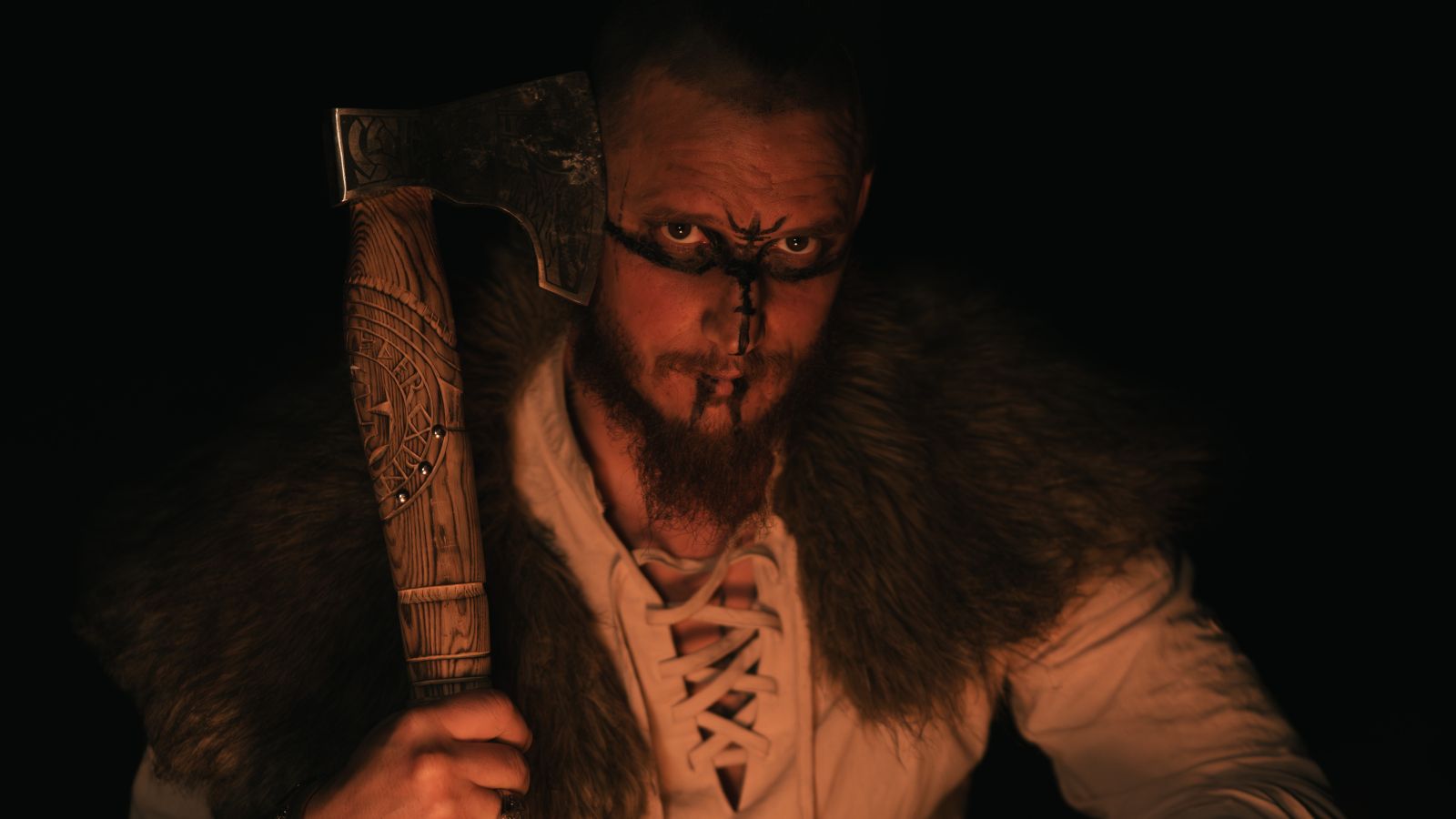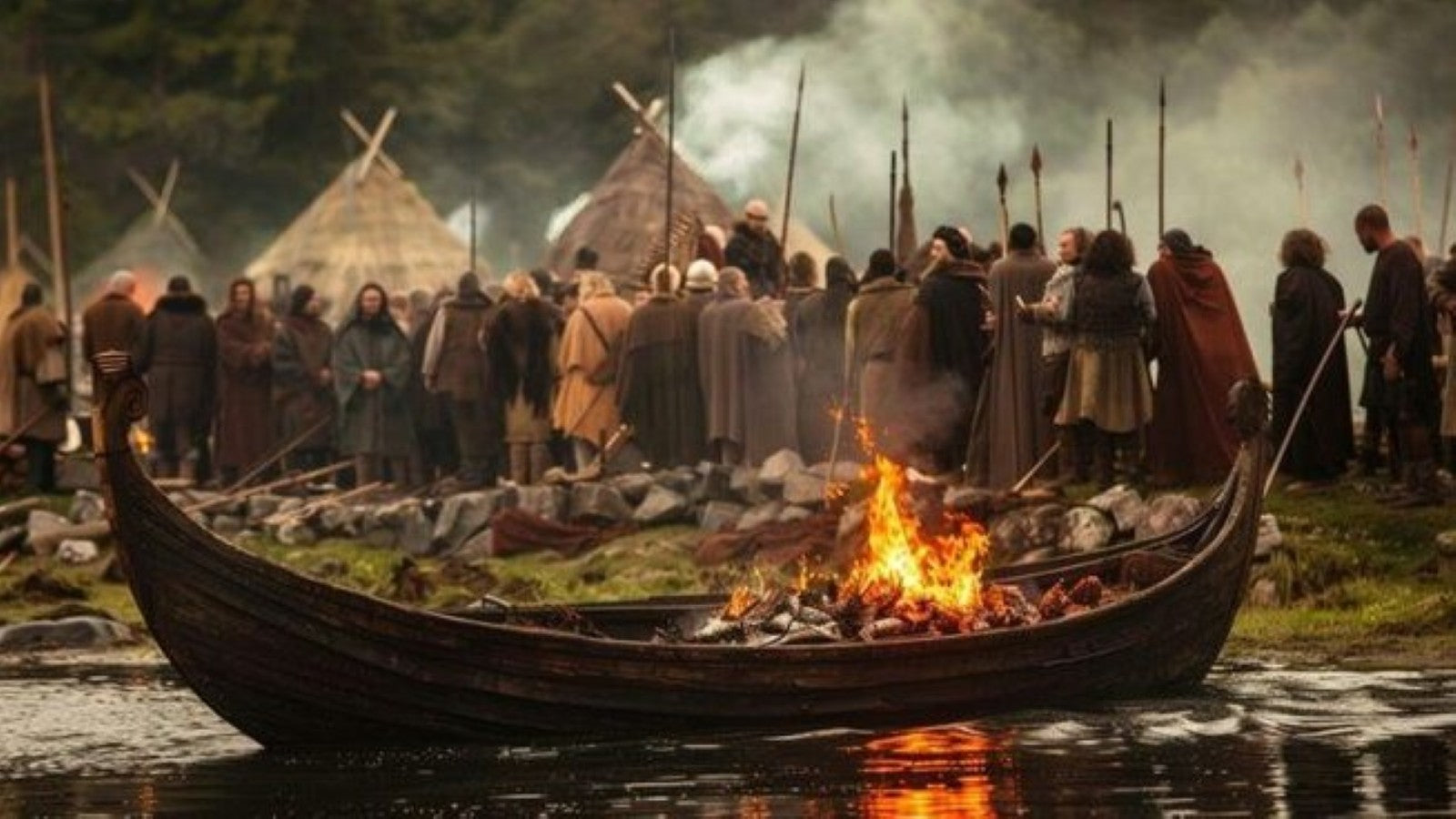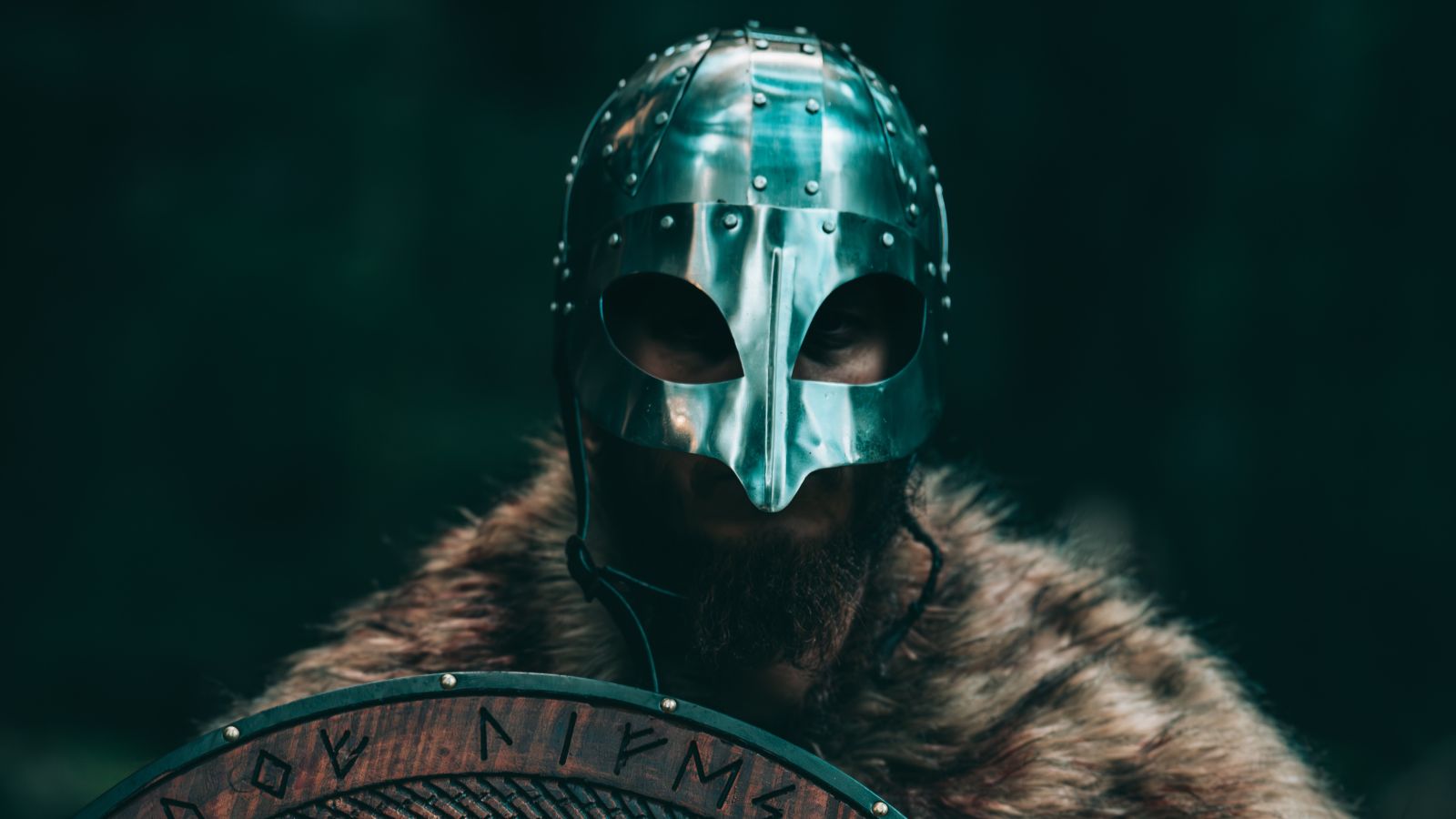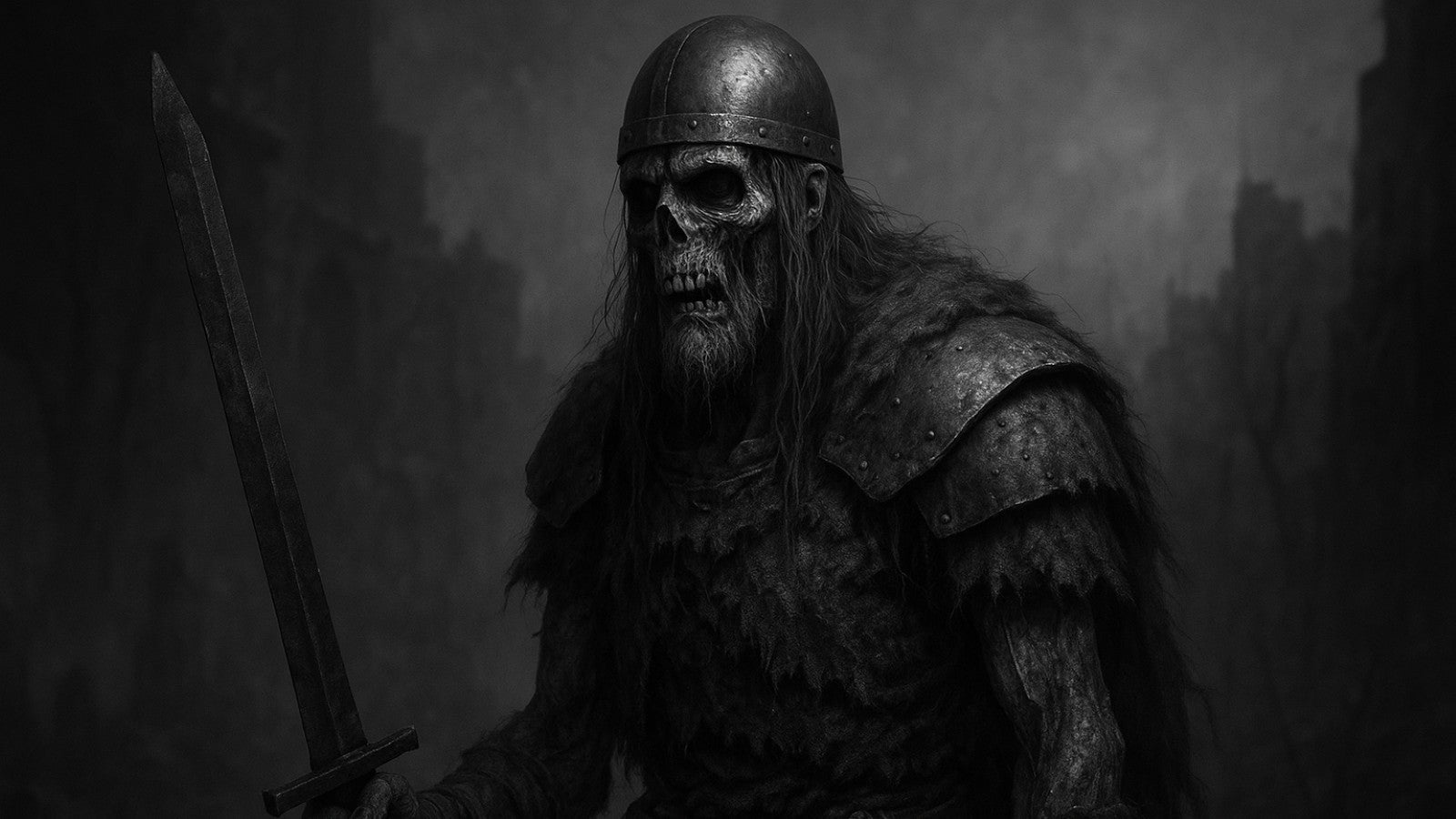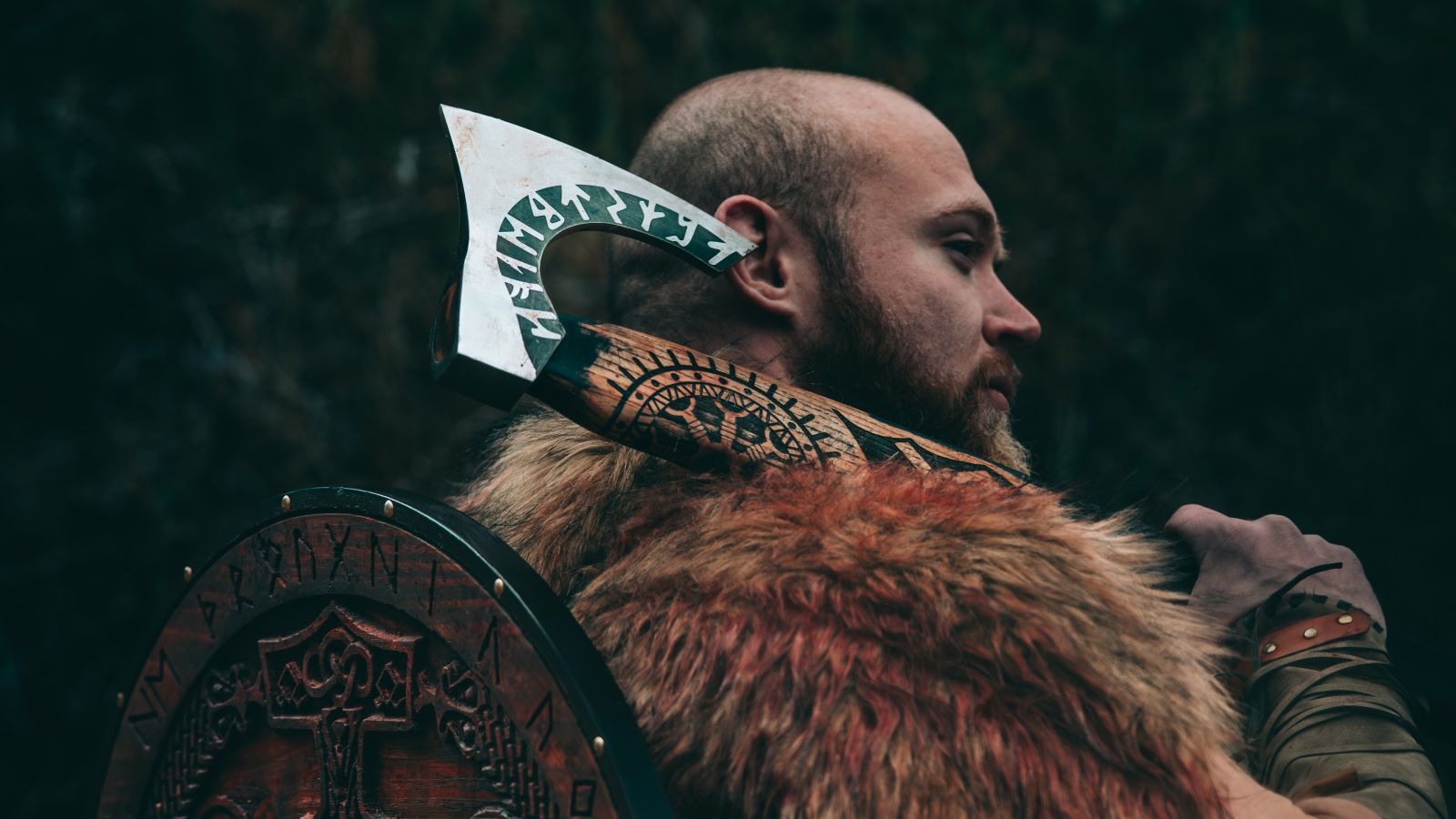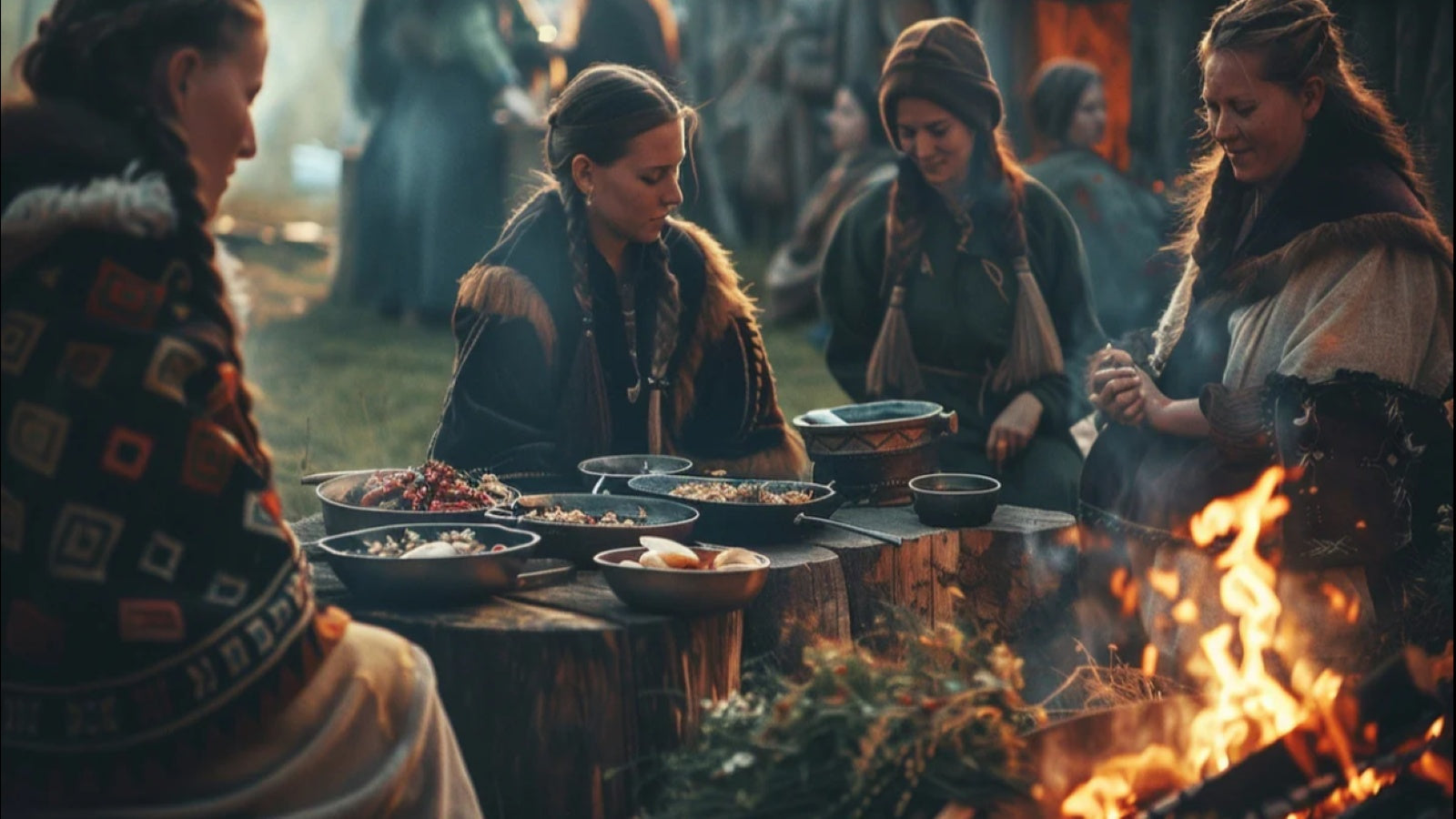
Porri: The Norse Winter Spirit and the Origins of Þorrablót
Þorrablót, an ancient Norse winter festival with roots stretching back to the Viking Age, remains a vibrant celebration in modern-day Iceland.
This midwinter feast honors Þorri, a mythical spirit associated with the harsh Nordic winters, and serves as both a cultural touchstone and a testament to the resilience of the Icelandic people.
Through its rituals, traditional foods, and folklore, Þorrablót offers a fascinating glimpse into the historical and cultural significance of Viking winter traditions.
Origins of Þorrablót: A Festival Rooted in Norse Folklore
The origins of Þorrablót are deeply intertwined with Norse culture and the agricultural calendar. According to Icelandic folklore, Þorri is a personification of winter—a spirit or jötunn (giant) who presides over the coldest months of the year. The name "Þorri" is derived from the Old Norse word þorra , meaning frost or frozen ground, reflecting the harsh conditions faced by early Scandinavians during this season.
Historical records suggest that Þorrablót was originally a sacrificial feast held in honor of Þorri and other Norse deities associated with winter survival, such as Thor (the god of thunder) and Freyr (the god of fertility). These gatherings were not only spiritual but also practical, providing an opportunity for communities to come together, share resources, and strengthen social bonds during the darkest and most challenging time of the year.
While many aspects of Þorrablót have evolved over centuries, its core purpose—to celebrate endurance, community, and the eventual return of spring—remains unchanged.
Customs and Rituals: Honoring the Spirit of Winter
Þorrablót traditionally takes place during the month of Þorri, which falls between mid-January and mid-February according to the Old Norse calendar. The festival is marked by feasting, storytelling, poetry recitation, and communal gatherings, all designed to invoke good fortune and protection against the perils of winter.
Feasting and Food Traditions
Food plays a central role in Þorrablót, serving as both sustenance and symbolism. Traditional dishes, known collectively as þorramatur , consist of preserved meats, fish, and dairy products that reflect the resourcefulness required to survive long winters without fresh produce. Some staples include:
- Hákarl: Fermented shark meat, considered one of Iceland’s most infamous delicacies. It represents the ingenuity needed to preserve food in freezing temperatures.
- Svið: Singed sheep’s head, often served whole, symbolizing the importance of utilizing every part of an animal.
- Rúgbrauð: Dense rye bread baked underground using geothermal heat, showcasing Iceland’s unique volcanic landscape.
- Lifrarpylsa: Liver sausage made from lamb or sheep offal, another example of preservation techniques.
These foods may seem unusual to outsiders, but they embody the spirit of Þorrablót: making the most of available resources while paying homage to ancestral practices.
Storytelling and Poetry
In addition to feasting, Þorrablót features storytelling and skaldic poetry, echoing the oral traditions of the Viking Age. Tales of heroic deeds, mythological adventures, and local legends were shared around fires, reinforcing communal ties and passing down knowledge through generations.
Modern-Day Celebrations: Keeping Þorrablót Alive
Although Christianity eventually replaced paganism in Iceland, Þorrablót endured as a secular celebration of heritage and identity. In the 19th century, Icelandic nationalists revived interest in the festival as part of a broader movement to reclaim and preserve their cultural roots. Today, Þorrablót is celebrated across Iceland, blending ancient customs with contemporary festivities.
Community Gatherings
Modern Þorrablót events often take place in community centers, restaurants, or private homes. Participants dress in traditional clothing, enjoy live music, and indulge in hearty servings of þorramatur . These gatherings foster a sense of unity and pride in Icelandic culture, particularly among younger generations.
Tourism and Global Interest
Þorrablót has also gained international attention, attracting tourists eager to experience authentic Viking traditions. Many Icelandic hotels and tour operators now offer special packages during the Þorri season, allowing visitors to sample traditional foods, learn about Norse folklore, and participate in festive activities.
Cultural Significance
For Icelanders, Þorrablót is more than just a party—it’s a reminder of their ancestors’ resilience and adaptability. By celebrating this festival, they honor the past while embracing the present, ensuring that their rich cultural heritage continues to thrive.
The Spirit of Þorri: A Symbol of Survival
At its heart, Þorrablót embodies the Viking ethos of perseverance in the face of adversity. The figure of Þorri himself serves as a metaphor for the challenges posed by winter—and the triumph of human ingenuity and community spirit in overcoming them. Whether through the preparation of þorramatur , the recitation of ancient poems, or simply coming together to share warmth and laughter, Þorrablót reinforces the enduring connection between Icelanders and their Viking forebears.
Þorrablót stands as a powerful testament to the ways in which ancient traditions can remain relevant in the modern world. By celebrating this festival, Icelanders not only pay tribute to their Viking roots but also reaffirm their commitment to preserving their unique cultural identity. For those intrigued by Norse gods of winter, Viking rituals, or Icelandic Viking traditions, Þorrablót offers a window into a world where history, folklore, and community converge.

